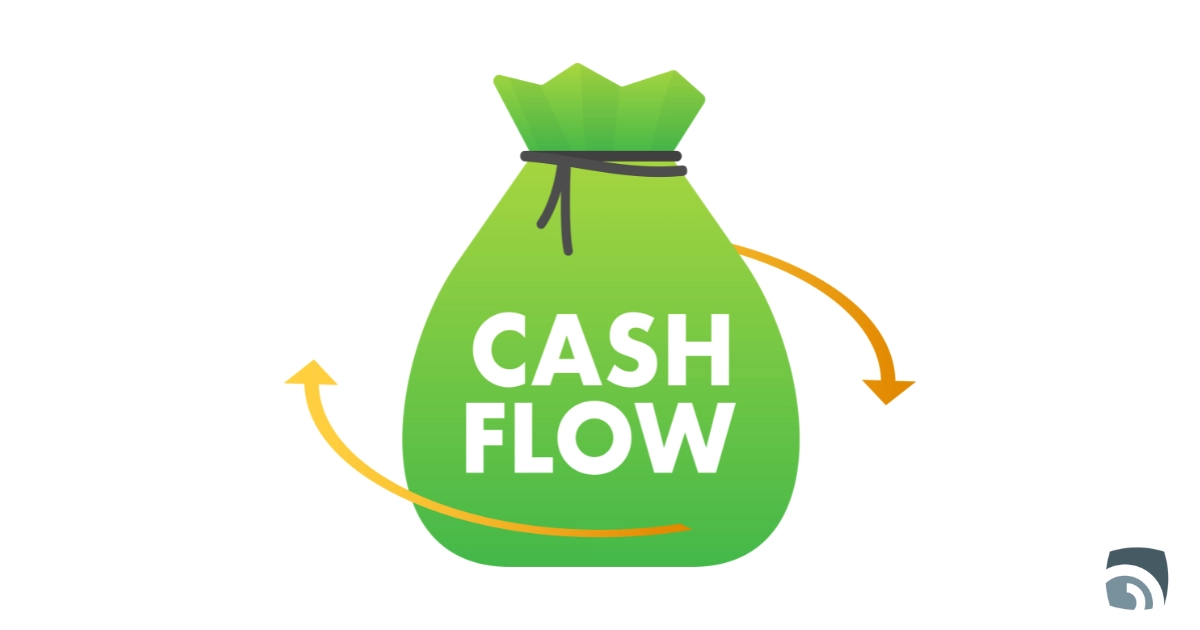Mastering Your Cash Flow: A Simple Guide for Non-Accountants

Managing your finances can feel like navigating a ship through foggy waters. You might have a general idea of where you’re going, but without a clear view, it’s easy to run aground. That’s where cash flow forecasting comes in – it’s your financial radar, helping you anticipate rough seas and steer towards calmer waters.
Don’t worry, you don’t need an accounting degree to understand this. This guide provides a simple, jargon-free explanation of cash flow forecasting and how it can empower you to take control of your finances.
What is Cash Flow Forecasting?
Imagine your bank account as a reservoir. Money flows in (income) and flows out (expenses). Cash flow forecasting is simply predicting how much water will be in the reservoir at any given time. It’s about estimating your future income and expenses to understand your financial position over a specific period, whether it’s a week, a month, or a year.
Benefits of Cash Flow Forecasting
Why bother with forecasting? Because it offers a wealth of benefits:
- Improved Financial Decisions: Forecasting allows you to make informed decisions about spending, saving, and investing. Knowing your projected cash balance helps you avoid overspending and prioritize essential expenses.
- Early Warning System: Like a financial early warning system, forecasting helps you identify potential shortfalls before they happen, giving you time to adjust your spending or explore financing options.
- Better Resource Allocation: By understanding your future cash flow, you can allocate resources more effectively, ensuring you have enough funds for important investments or unexpected expenses.
- Stronger Financial Stability: Forecasting provides a clear picture of your financial health, enabling you to build a stronger foundation and achieve your financial goals.
Cash flow forecasting isn’t just for accountants.

How to Forecast Cash Flow
Here’s a step-by-step guide to creating your own cash flow forecast:
- Determine the Timeframe: Decide on the period you want to forecast – monthly is often a good starting point. Estimate Your Income: Include all sources of income, such as salary, business revenue, investments, or rental income. Be realistic and, if uncertain, err on the side of caution.
- Project Your Expenses: List all your anticipated expenses, categorizing them as fixed (rent, mortgage) and variable (groceries, entertainment). Review past bank statements and credit card bills to get a clear picture of your spending patterns.
- Calculate Net Cash Flow: Subtract your total projected expenses from your total projected income. A positive number means you’ll have a surplus, while a negative number indicates a shortfall.
- Create a Simple Spreadsheet: Use a spreadsheet program like Excel or Google Sheets to organize your forecast. You can find free templates online to get started. Alternatively, use budgeting apps.
- Review and Adjust Regularly: Your forecast isn’t set in stone. Review it regularly, at least monthly, and update it based on actual results and any changes in your circumstances.
Example
| Item | January | February | March |
|---|---|---|---|
| Income | $5,000 | $5,000 | $5,500 |
| Salary | $4,000 | $4,000 | $4,000 |
| Side Hustle | $1,000 | $1,000 | $1,500 |
| Expenses | $4,500 | $4,200 | $4,800 |
| Rent | $1,500 | $1,500 | $1,500 |
| Groceries | $500 | $500 | $500 |
| Utilities | $200 | $200 | $200 |
| Other | $2,300 | $2,000 | $2,600 |
| Net Cash Flow | $500 | $800 | $700 |
Common Mistakes to Avoid
- Overestimating Income: Be realistic about your income projections, especially if you’re a freelancer or business owner.
- Underestimating Expenses: It’s easy to forget small, recurring expenses. Track your spending carefully to get a complete picture.
- Ignoring Seasonal Variations: If your income or expenses fluctuate seasonally, factor that into your forecast.
- Not Reviewing Regularly: A cash flow forecast is a living document. Review and adjust it regularly to ensure accuracy.
Tools and Resources
- Budgeting Apps: Mint, YNAB (You Need a Budget), Personal Capital
- Spreadsheet Software: Microsoft Excel, Google Sheets
- Financial Software: Gimbla, QuickBooks, Xero
Cash Flow Forecasting for Different Scenarios
- Starting a New Business: Forecasting is crucial for startups to secure funding, manage initial expenses, and project profitability.
- Managing Seasonal Income: For businesses with seasonal income, forecasting helps to manage cash flow during lean periods and plan for peak seasons.
- Planning for Major Expenses: Whether it’s a down payment on a house or a major renovation, forecasting helps you save and budget for large expenses.
Call to Action
Don’t let your finances drift aimlessly. Take control by creating your first cash flow forecast today! Start with a simple spreadsheet or explore one of the many budgeting apps available. By mastering your cash flow, you’ll gain clarity, confidence, and financial peace of mind. You’ve got this!
Gimbla Contributor | October 29th, 2024